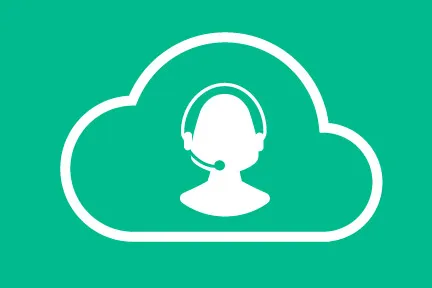

How to Set Your Virtual Office?
A virtual office is having all the benefits of an office without having a “traditional office” or needing the physical office space.
A virtual office is having all the benefits of an office without having a “traditional office” or needing the physical office space. Businessforhome.org stated that home-based businesses or businesses using virtual offices make an average of $427 billion per year. You don’t need a fancy office to run a successful business. With a virtual office, you get the prestigious address, virtual mailbox, virtual assistant, and a virtual phone system, all from the comfort of your home/ workplace.
How to set up your Virtual Office?
Step #1: Set a strategy

Before taking actual steps towards setting your virtual office, you need a clear strategy set on what you need from a virtual office. Firstly, having a virtual office doesn’t mean you don’t need an actual work-space to get work done. It can be at home, a nearby cafe, or a co-working space. Once you’ve settled on your nook, you need to decide if you really need a virtual office or do you just need a certain virtual benefit.
For example, you may only need the virtual office address for your business without needing a virtual receptionist. Or you may need a virtual receptionist but not necessarily a virtual phone system. However, some businesses start off with a virtual office from the very beginning. SmallBusinessSense states that virtual offices cans save you from 50-70% less than a traditional office and most virtual businesses have started for less than $5000. After comparing the numbers and listing the pros and cons of an actual office and a virtual office, you will see a clear difference.
Step #2: Getting a Virtual Business Address

Now that you’ve decided to set up a virtual office, you need a professional business address. The best part about a virtual address is that you don’t actually need to be at the address to use for business or as yours. You can choose your business address from over 30 addresses nationwide. So if you’re based in a remote area, you can have a professional address in a major city in New York or California.
With a virtual address, you also get a virtual mailbox. With this mailbox, you can receive mail from any carrier, USPS, DHL, FedEx, or UPS. In order to view and control your mail, you just need to log into your mailbox from your phone or web browser. A commercial business address will protect your home privacy since your home address won’t be marketed as your business address. Having a commercial address also gives you extra credibility with customers, investors, or creditors. You can use it for marketing on social media or your website, and even for business registration.
Step #3: A Virtual Receptionist

Whether you work alone or have remote employees, having a receptionist or assistant to help with taking calls, scheduling meetings, and organizing your time is important. You need your time to focus on your business; a virtual receptionist will handle the tasks that don’t require your attention.
A virtual receptionist can handle multiple tasks such as customized greetings, call answering, appointment bookings, voicemail service, outbound calls, call transfers, and more. It’ll do all the tasks an actual receptionist does, only better! You can get a virtual receptionist from providers like Grasshopper or Conversational Receptionists.
Step #4: A Virtual Phone System
To complete your virtual office and to go with the previous point, you can also have a virtual phone system. Using your home or personal phone number for business is never a good idea. You need to separate your personal life from your work life, and getting a business phone number is a step in that direction.
With a virtual phone system, you can get a toll-free number or a local phone number. Some providers even offer a fax number with it. Also, a virtual phone system may be offered with a virtual receptionist but that’s not always the case.
What other tools will I need?
Now that you have your virtual office set up, you’re ready for business! The core factor of a virtual office is having a strong internet connection. And so, there are multiple online software and tools that you can use to run a smoother business. These tools can be for better communication like Skype or for collaboration like Dropbox. There are also project management tools like ASANA or Trello that are great if you work with a team, you can follow up on tasks and projects, set deadlines, complete tasks, and more.
And lastly, Google is your best friend. Google Drive offers many apps that can help like Google Docs, Google Spreadsheets, and more. It also offers free online storage space, for more storage space and more advanced options, you can upgrade to a paid plan for fees as little as $5 per month.




![Top 10 Cheap Indian Press Release Distribution Services [Updated]](https://images.yourstory.com/cs/1/b3c72b9bab5e11e88691f70342131e20/LOGO-DESIGN-PR-INDIA-WIRE-03-1595693999405.png?mode=crop&crop=faces&ar=1%3A1&format=auto&w=1920&q=75)